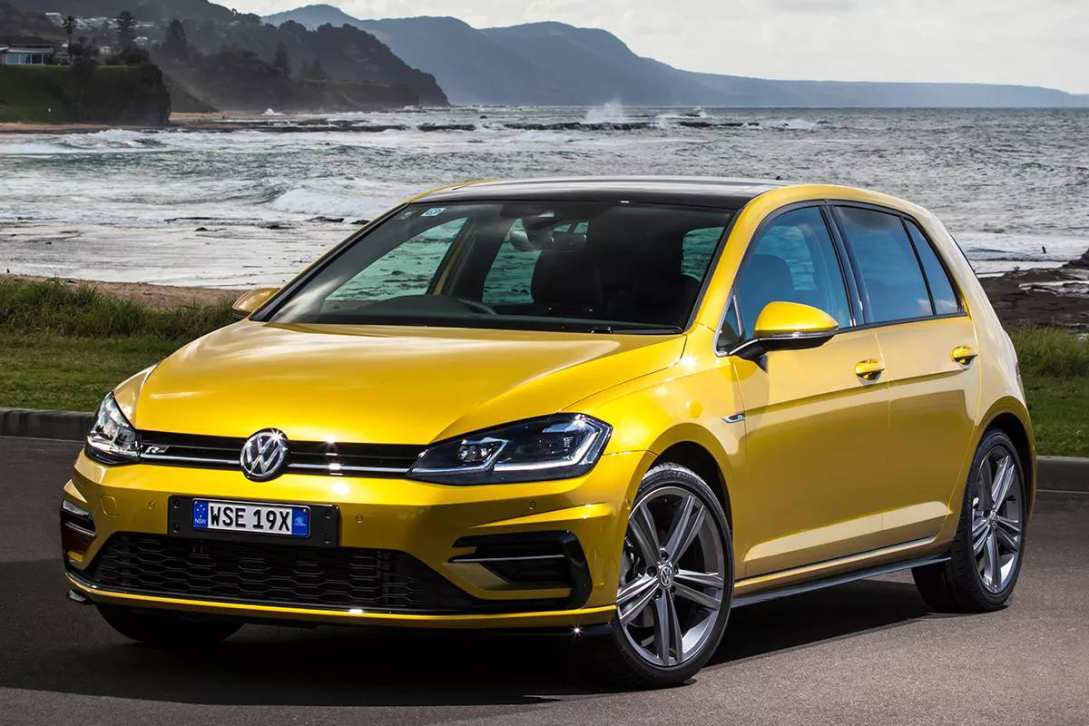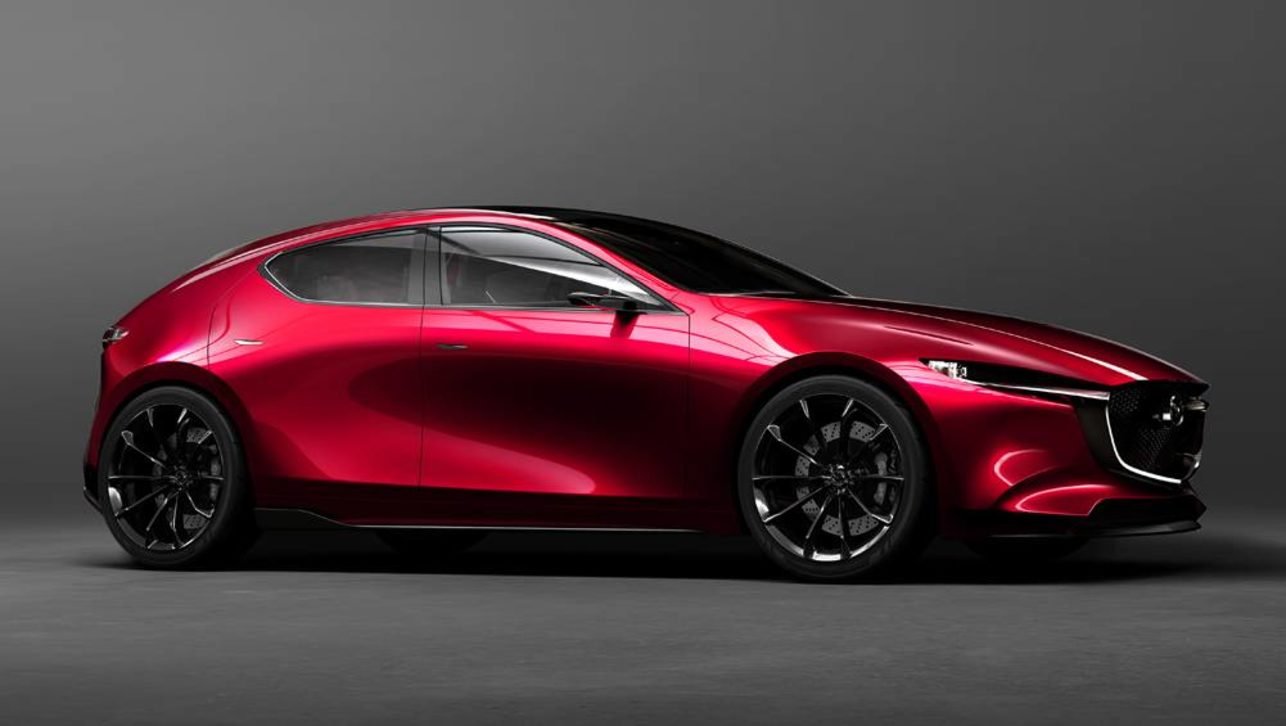Refinement is the reason why the next Mazda3's body will be all-steel, which is all part of Mazda's well-to-wheel harmonisation plans.
Most carmakers would have you believe that increased use of lightweight almunium and composite materials are the keys to our automtive future, but Mazda's next-generation SkyActiv platform will arrive with an all-steel, but still-lighter body in 2019.
Set to appear first in the fourth-generation Mazda3, Mazda platform development boss Hiroyuki Matsumoto told CarsGuide at Mazda's 2017 Global Tech Forum in Germany last week that the SkyActiv-X body will instead use a greater proportion of high-strength steel among its predominantly mild steel construction to save weight.
The current platform uses around 18 per cent high-strength steel, whereas the second-generation SkyActiv body is set to step up to around 45 per cent. This will enable it to retain strength but use less steel overall and therefore reduce mass. Matsumoto-san wasn't willing to discuss exactly how much weight will be saved, however.
Stiffer and lighter than steel, Matsumoto-san explained that aluminium is still an important part of Mazda's future, but steel's better noise absorption properties are key for achieving targeted refinement gains.
Refinement will also be aided by a new type of body damper to be compressed between two pieces of sheetmetal at strategic points in the body to reduce vibration.
Blocks of hard resin will be used in 16 critical points to convert vibration into heat, and work in conjunction with the seam-sealing glue already used along the edges of numerous panels to reduce vibration between spot welds.
.jpg)
SkyActiv philosophy has seen the developent team take a human-first approach for improving on Mazda's existing offerings, by harmonising the interaction of all components between the driver and the road.
This will mean specific suspension tunes for each wheel and tyre option, while also considering the different qualities of cloth and leather trim.
Other refinement-boosting measures will include the move to a torsion beam rear suspension layout - as per the current Mazda2 and CX-3 - instead of the multilink design used by all other SkyActiv-era models to date.
Along with an ongoing dedication for boosting efficiency from well-to-wheel, the jewel in the SkyActiv-X crown, however is the world-first application of combustion ignition to boost efficiency and power delivery from its also-supercharged petrol engine.








.jpg)

.jpg)
.jpg)
.jpg)
.jpg)

.jpg)
.jpg)

.jpg)
.jpg)





.jpg)




Comments